Industry-Sponsored Student Capstone Projects
2022/2023
In the 2022/23 academic year the industry capstone program was supported by 56 sponsors and 99 real-world projects. Nearly five hundred and fifty students from across the College of Engineering participated. Scroll down to learn more about each project.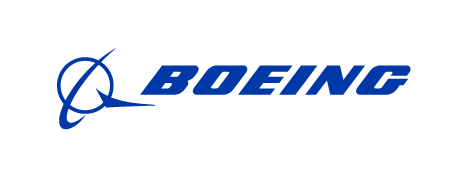
Boeing
Recycled Thermoplastic Composites
Carbon fiber reinforced thermoplastics have become an increasing part of airplane structure over the last several years, but more research needs to be completed to demonstrate how to recycle this material into product forms that can be re-purposed for secondary use applications. Boeing has evaluated recycled carbon fiber commingled with PEI thermoplastic. Boeing would like to explore the usage of another thermoplastic matrix system, PPS. This student team will work to learn how to process the material in a manner that results in increased surface quality. This student team set out to test samples mechanically and provide samples for flammability evaluation. The use of recycled material presents a sustainability opportunity and is relevant to the College of Engineering's goals of providing real world industry research and collaboration. This student team worked towards creating a subset of data that characterizes the material, understanding of processing parameters that affect surface quality, student engagement in the materials, and processing industry.

Boeing
Structural Effects of Moisture Ingression of Aramid Core
Honeycomb core panels (sandwich structure – typically airplane control surfaces and fairings) have been known to collect moisture during the operation of an airplane. The entry points for moisture ingression are commonly from impact damage, missing/damaged sealant or missing/damaged finishes. During Ground Air Ground (GAG) cycles, moisture can accumulate in the honeycomb core cells. During repair/maintenance activities, the moisture is removed and dried out. Often, it is assumed that there is degradation in the strength characteristics of the honeycomb core and the core is removed and replaced. To better predict the strength degradation, this student team worked to have a physical test and/or an analysis method that would provide the data necessary to alleviate the need to remove and replace the honeycomb core and substantiate that the core maintains adequate strength. This student team sought to learn how to develop a test procedure to characterize the effects of moisture ingression in honeycomb core panels and whether those effects are reversible when exposed to typical repair drying procedures. Outcomes the students worked towards included: 1. Documenting results of mechanical testing of soaked vs. control coupons. 2. Publishing conclusions and recommendations of testing
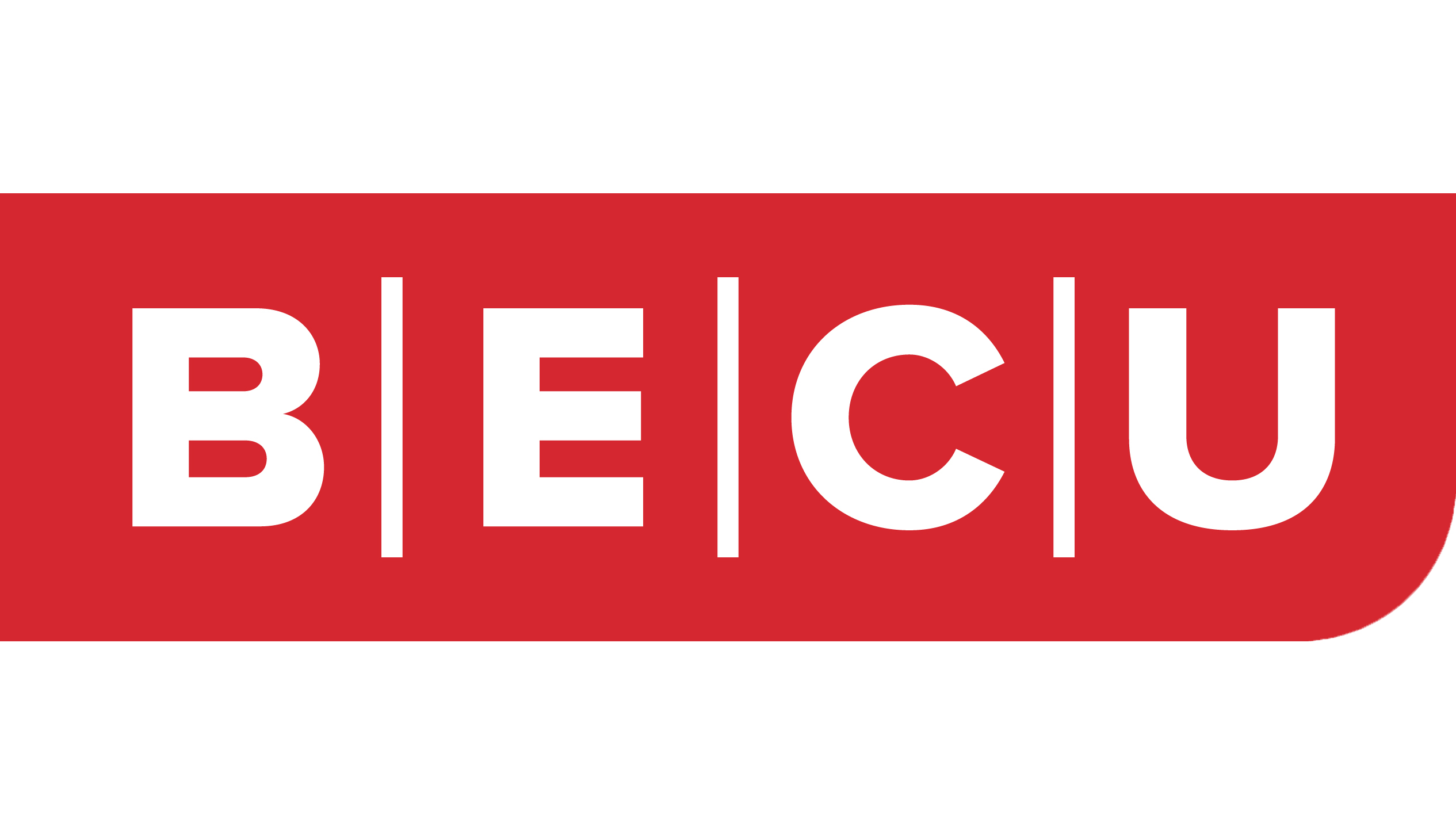
Boeing Employees' Credit Union (BECU)
How to Play Nice in the Sandbox
Cybersecurity researchers use sandboxes to run suspicious code from unknown attachments and URLs and observe its behavior. This student team attempted to build a sandbox for testing, malware detonation, and testing of a variety of security tools. The sandbox’ capabilities would need to handle “detonations” and testing in a variety of security environments – to include on-premise networks; co-located networks, and an Azure Cloud environment. The motivation behind such a project is to get out in front of the various exploits and malware that are currently being seen around financial institutions, along with utilizing current threat intelligence through the new tool/environment. Additionally Digital Forensic Tools would be readily available to perform investigative work on the data/artifacts. The desired outcome was to have a fully functioning sandbox ecosystem (to include documentation) so that BECU cyber staff will be able to effectively and safely denote malware and analyze various malware and threats they encounter every day. This was also intended to include a design that will provide an integration between threat intelligence that BECU ingests, and incorporate the se of Artificial Intelligence/Machine Learning (specific capabilities to be named later), to help BECU build a predictive model. The new sandbox environments ideally would include a variety of (open source) investigative and forensic analysis tools which could be presented through a GUI portal.
Clallam County Sheriff’s Office, Emergency Management
Power for a Resilient Fairchild Airport
Fairchild Airport (CLM) in Port Angeles is the federal staging area for disaster relief on the Olympic Peninsula after a catastrophic regional event. The emergency management division of the Clallam County Sheriff’s office sees great need for a more resilient Fairchild Airport (CLM). Approximately $1 billion of FAA funding is available annually through the Airport Terminal Program (ATP) to address aging infrastructure in terminals and control towers, and to reduce greenhouse gas emissions, promote energy efficiency, and increase climate resilience. This student team worked to create a renewable solar/storage microgrid that would allow the terminal and control tower to remain operational during extended power outages. As a second phase of the project, the student team worked to support the goals of the FAA ATP funding guidelines, but be flexible enough to accommodate an emergency operations center using engineering design and analysis. This student team worked to build off of prior analysis staff at the Washington Clean Energy Testbeds have performed for the Snohomish County PUD Arlington microgrid. Microgrids are a growing area for engineering design. An advisory group helped guide the technical and community elements of all three microgrid projects on the Olympic Peninsula. Desired outcomes the student team worked towards included a final engineering report that: (1) Describes the context for the study, including a statement of the resiliency goals and metrics that align the FAA funding opportunity and community input, and the data sources available for estimating the electrical loads, solar and wind energy potential of the site, and other environmental factors (site hazards, fuel availability, etc.) (2) Aligns FAA requirements with community priorities and engineering principles to determine microgrid infrastructure needs and costs to support the highest priority loads under several discrete operational scenarios, for example, outages occurring in summer vs winter, and for islanded operation of days, weeks, or months (following a catastrophic disaster). (3) Detailed technoeconomic analysis of the base case design, including engineering drawing, component lists and pricing estimates, with performance of the design evaluated using real-time digital simulation. Highlight design features that allow flexible expansion of the microgrid capabilities for a future EOC at an adjacent site.
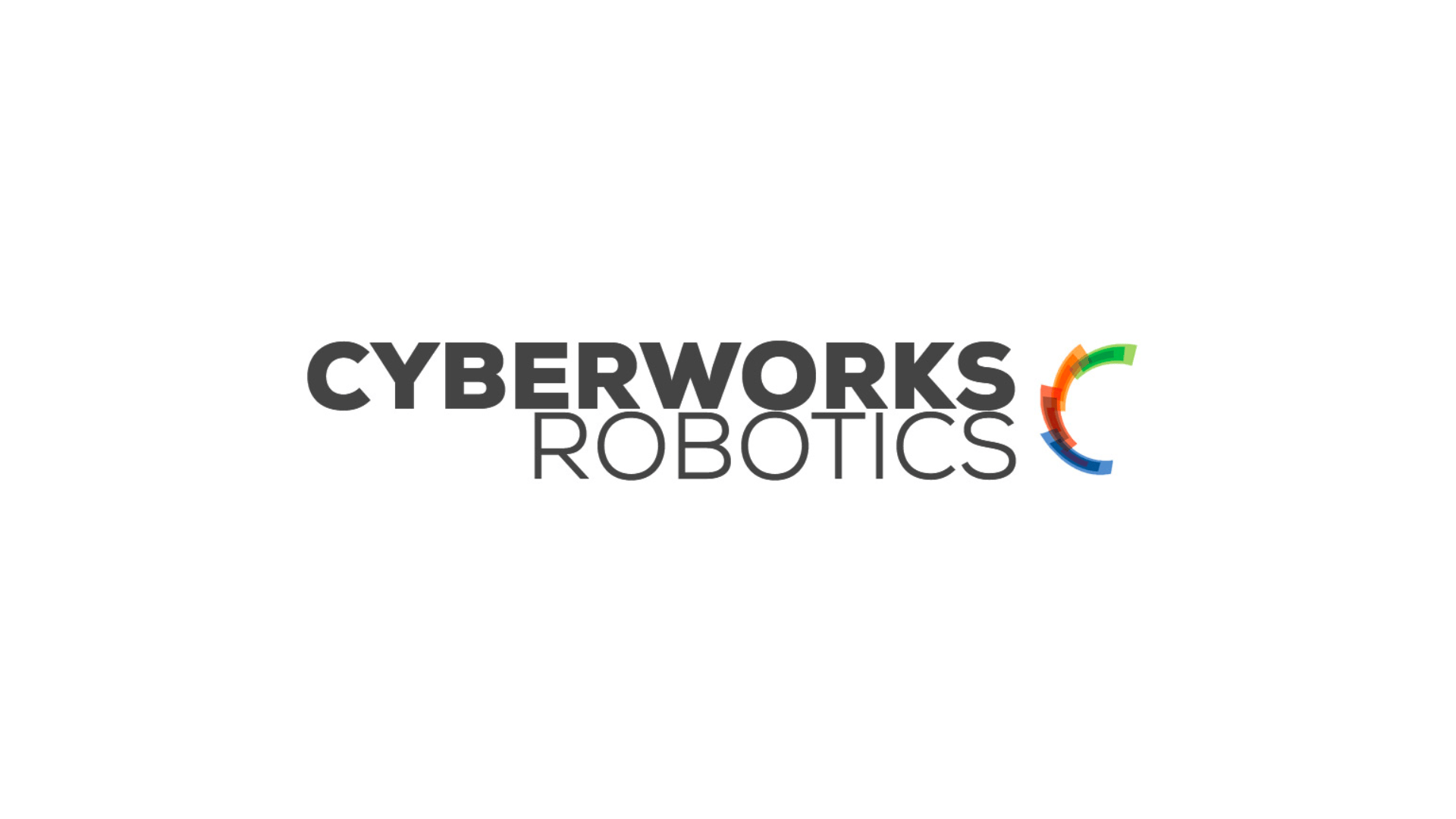
Cyberworks Robotics
Autonomous Self-Driving Wheelchair
Autonomous Wheelchairs increase freedom and ease of mobility for the most vulnerable peoples in society. Large-scale, campus-wide, autonomous navigation of a power wheelchair faces numerous corner case confounds ranging from loss of localization due to feature-sparsity to human motion sickness. This student team worked to identify and address corner cases that allow for robust persistent navigation over vast indoor and outdoor regions within the UW campus and fleet integration to the cloud for remote monitoring, user authentication, and over-the-air updates. Low hardware cost is essential to mass adoption of such technology. Therefore this student team also worked to focus on use of inexpensive but cutting-edge technologies, such as monocular Neural SLAM and Dense Optical FlowML Behavior Cloning, as a means to reduce or eliminate reliance on expensive LiDAR based visual SLAM. Ultimately, this student team worked to create graceful, robust, autonomous wheelchair navigation in large-scale real-world environments at an affordable price using the Cyberworks Autonomous Navigation Stack.
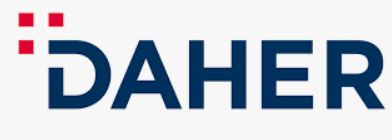
Daher
Mechanical Behaviour of Material Cycled on Different Temperature
This student team sought to assess the effect of temperature cycling on Crystallinity degree and mechanical properties of a thermoplastic composite structure. This project took place in phases: Phase I: The student team worked to manufacture panels in press consolidation, aiming to ensure that all panels are manufactured with same cure cycle and process. Phase II: The student team attempted to check panels by carrying out non destructive control (visual and UT control) mechanical properties, DMA tests and DSC to assess degree of crystallinity. This was the baseline of the panels. Phase III: The student team then worked to extract DMA, DSC and Flexural specimen from panels. Care had to be taken for extraction to ensure no delamination or damages occur during extraction. The student team was then expected to put all extracted specimens into a furnace to perform cycling as follows: --> 24h at Temperature then 24h at room temperature. For week end, specimen will be kept at temperature 4 temperatures are considered - 150°C - 180°C - 200°C - 390°C Cycling was to last the time of the project from January to May. Once the student team worked to define a frequency, some specimens were to be picked up from furnace and tested in DSC, DMA and mechanically. The student team set out to create a report that describes the impact of different cycling on the material properties.
Echodyne
Radar-Cued Camera Data Collection System
The rapid increase in the availability and sophistication of UAS (Unmanned Aircraft Systems) represents a significant challenge, as their capabilities progress faster than the ability to assess and mitigate the threat posed by nefarious small UAS. Counter Unmanned Aircraft Systems (C-UAS) is a collection of technologies to detect, track and mitigate UAS systems. Echodyne's radar technology is a leader in the active RF detection and tracking of UAS and, when combined with an EO/IR camera for visual target confirmation, provides a very effective system solution. Independently classifying a UAS target with these two modalities and fusing the result would yield improved classification precision and accuracy. Cueing pan/tilt/zoom cameras based on a 3D radar track is a fairly established technology. Using an Echodyne radar with tracked target classification output and applying advanced machine learning techniques, this student teamworked to leverage an available camera cueing solution and demonstrate both camera-based target classification and the fused combination with radar data. The outcomes this student team worked toward include: - Develop a proof of concept system that takes radar tracks, cues an EO/IR camera and provides real-time UAS image classification and serves as a reference design for future product developments - Develop ML/AI training models and inference algorithms for UAS image classification - Demonstrate the benefit of multi-modal (radar + optical/IR) sensor UAS classification with precision/accuracy metrics - Document how to extend the training dataset and retrain any models, possibly extending to other detection classes (pedestrians, vehicles, planes, etc.) - Document implemented system, lessons learned and recommended next steps
Empowered Startups
Using Unmanned Aerial Systems (Drones) to Predict, Detect, and/or Manage Climate Events
This student team attempted to create a unmanned aerial vehicle (drone) prototype that governments and agencies can use to feed data into a remote software. This drone could have sensors that will detect conditions in the environment (i.e. wind, speed, moisture or temperature) and shares that data to assist in efforts to predict, identify and/or manage climate disasters and to deliver help and supplies to survivors (i.e. deliver medical supplies to survivors in remote locations, trigger water supply changes, or emergency relief). An example of such a technology that exists is the Internet-of-Things (Iot) being used to help predict forest fires. Relevance: The climate emergency has intensified with extreme weather events becoming more frequent and powerful. In 2022 alone, the U.S. experienced extreme tornadoes and heat, in Southern Europe extreme droughts caused water bodies to dry up, and Pakistan experienced the worst flooding in the nation's history brought on by a massive monsoon that blanketed a third of the country under water triggering a massive crisis.
Envorso / Ford Motor Company
Making Electric Vehicle Charging Fun (with the Ford F-150 Lightning)
This student team worked to create an ideal Electric Vehicle charging experience that addresses the hurdles faced by EV owners today when trying to use public charging networks. Approaching the activities of budgeting power, finding a charger, and completing charging while on-the-go will include this student team to working to creative design and scenario formation. Specific pain points this student team worked to address included: - Billing , charge status, alerts of progress and problems, conveying charging rates in a way that makes sense to the average non-technical consumer, etc. - Can charger health become easy to understand in real-time? - Hardware, Software, and User Experience improvements (hardware improvements may be modeled, may require simulated data; if actual charging units are required for student ideas, additional investigation and scope is required). Outcomes this student team worked to accomplish included: - An end-to-end prototype of the "charging experience of tomorrow," factoring the full-stack of the charging experience from infrastructure (grid and distribution) to the vehicle/charger experience, completion of the process through billing. - Full software prototypes that can be experienced in vehicle. - Proposals in the form of click-through presentations for infrastructure. A stretch goal the student team aimed to work towards include: - Models or walkthroughs (3D or VR) would be fantastic for experiencing the facilities around charge points.
Fluke
Anomaly Detection for Solar PV Inspection Using IR Thermography
Unmanned Aerial Vehicle (UAV) inspection systems are becoming an efficient method for operating and maintaining various types of infrastructure. One of the use cases for UAV systems is to detect anomalies in photovoltaic power plants. UAV systems can be equipped with infrared and visual cameras and take images from photovoltaic panels. An image processing algorithm is used to detect and classify the type of anomaly. This student team worked to create a UAV system that can detect anomalies on photovoltaic panels using infrared and visual light cameras. All the computations was to be done using the Nvidia Jetson Nano Developer Kit mounted on the UAV system.
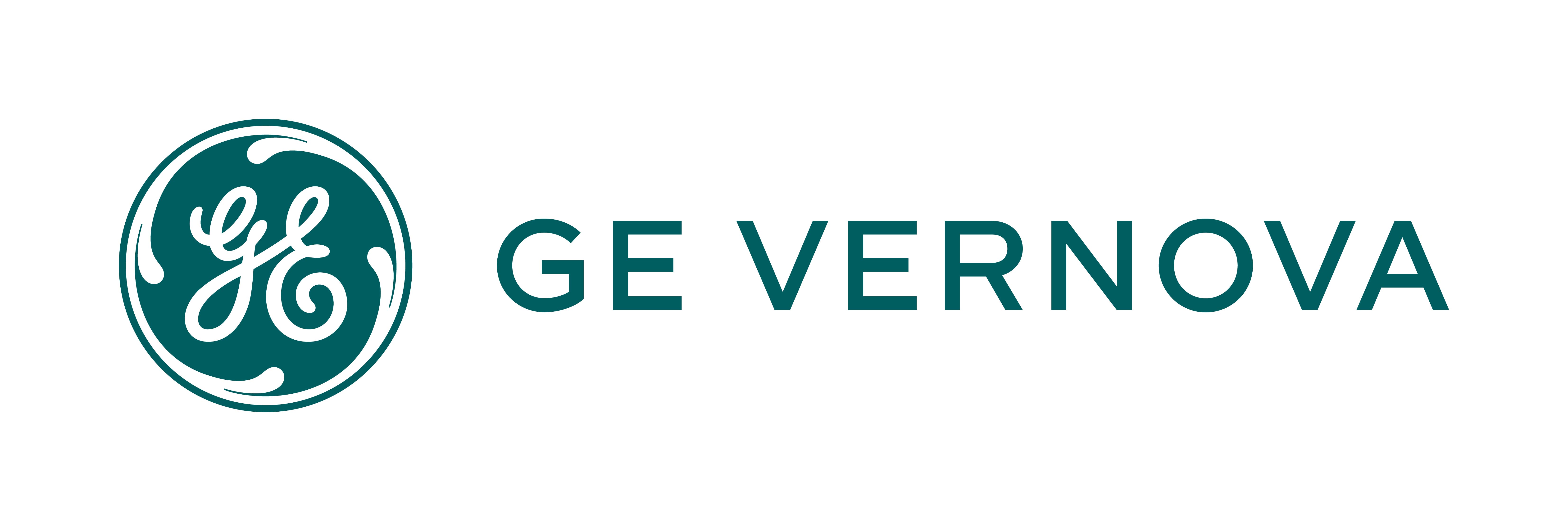
GE Vernova
Battery Scheduling for Carbon Reduction
This student team worked to research load + solar + storage systems and the ways to best schedule energy storage for minimum greenhouse gas emissions. Using historical grid carbon intensity data from https://www.watttime.org/ or other sources, students attempted to first determine net carbon emissions for a typical residential or commercial load over the course of a month. Next, students worked to assess the impact of installing a PV system, assuming a system size and output profile using historical weather data and information and a basic PV production model. Finally, the students worked to design a battery energy storage system and controller that couples with the solar installation to minimize the net carbon footprint. The student team attempted to design the battery controller (rule-based, PID, LP, etc.) to steer battery charging/discharging during day-to-day operations towards a least carbon objective, taking into account load, grid carbon intensity data and solar output.
Goodwill
Evergreen Goodwill Production Efficiency: Level 2
This is a continuation of the Capstone projected initiated in the '21-'22 school year. The 21/22 student team addressed Evergreen Goodwill's production process (the sorting and pricing of donated clothes) seeking greater efficiencies through innovation and arrived at a pre-sort solution that could result in significant monetary savings and a more efficient use of resources. For '22-'23 Evergreen Goodwill wanted the student team to work to build upon that premise and refine it by visiting these questions: is the conclusion/recommendation correct? Is the suggested process the most efficacious? Are the alternatives that have not been addressed that would result in a greater use of resources? Since Evergreen Goodwill anticipated being in a pre-sort mood in some stores (using the recommendations of the previous group) they wanted this year's student team to work to address challenges and opportunities within the process. One possible addition was that Evergreen Goodwill may introduce a new, more sophisticated way of classing their merchandise at the point of production (for instance, instead of just "women's apparel" they would have " dresses," "pants," "skirts" etc. Evergreen Goodwill also wanted this year's student team to work to explore how this new addition now ties into a pre-sort process? This student team worked to accomplish the following outcomes: - Time savings - Monetary savings - Greater enjoyment of work - Greater fluidity of donated resources; making the best possible use of everything we are given.

Group14
Recycling High Purity Silica
This student team worked to identify an application for with Group14's R&D team's silica byproduct stream. The student team also worked to research the properties required for existing silica on the market for comparison to Group14 silica and assess the feasibility of modifying the properties of Group14 silica for one or more of those applications, including conducting lab scale tests as a proof of concept for scaling up any process. These modifications may have included densification, particle size modification, chemical treatment, or others. The desired outcome this student team worked towards was to conduct a feasibility study on the use of high purity silica produced at Group14 in existing markets. This student team (1) worked to deliver a recommended application(s) for Group14 silica, (2) worked to design a pathway for modifying the material properties as needed, and (3) worked to validate that design at lab scale. The student team was encouraged to consider any applications which would provide lower cost (or net profit) than disposing of the material as waste. Additionally, this student team was able to work to recommend material modification strategies beyond those currently available in existing UW and Group14 laboratories.
Hexcel
3D Printed Tool Manufacturing Process Investigation for Liquid Composite Molding Processes
Hexcel R&T is interested in prototype tooling options to minimize cost and allow faster project development of more unique and complex geometries to support the performance evaluation of new carbon reinforcements and materials. This student team worked to determine the best performing and lowest cost option for direct prototype tooling for composite manufacturing/ resin infusion processes. This student team sought to examine 3d printed materials as the base tool structure, design their own tools, print prototype tools, and examine surface gel coats with any necessary finishing work for the tools to provide good vacuum integrity, and surface aspect for infused parts. The tools should target a service temperature of 300F. Students also had the opportunity to work to evaluate their tools by creating parts with the example tool, via resin infusion, at the Hexcel Kent R&T lab with carbon and other materials. Deliverables this student team worked towards included: 1. An example tool, printed of the preferred material combination (3d printed material + gel surface coat) and tool manufacturing process to utilize when designing parts and tool geometry for carbon reinforcement performance evaluations. 2. Report of 1 that also includes a comparison to traditional aluminum machining, cost, geometry, processing, ergonomics (weight), and rate.
Hyster-Yale
Adjustable Height Test Load Tower
This student team worked to design an adjustable height load tower capable of holding 5500kg test loads at up to 5 meters high to be used in the testing/validation of lift trucks. Motivation: During the development of Hyster-Yale Group's lift trucks, there is often the need to exercise a truck on a test course that involves moving a load onto and off of a platform at a specific height. The test height is often based on some percentage of the maximum lift height of the truck or some other height that represents a specific customer use case. Currently Hyster-Yale Group's test load towers are all fixed heights, and because they offer such a large range of lift height options it means there isn't always a perfect height tower for the test they want to run. By moving to an adjustable height tower design, they aim to improve the effectiveness of their testing that requires specific lift heights. Desired outcomes for this project included: -Robust and reliable load tower design that can be used for many years of testing to come -Design optimized for manufacturability and efficient use of materials -Engaging and educational experience for the student team Desired deliverables for this project included: -3D model of design -Scale model / prototype -Full manufacturing drawings and BOM -FEA analysis report verifying strength of structure and adjustment / latch mechanism(s)
Related News
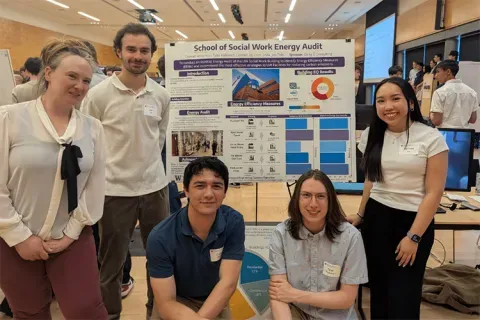
Mon, 10/13/2025 | UW Mechanical Engineering
Capstone collaboration leads to award
An ME capstone team received first place for its energy audit of the UW School of Social Work building.
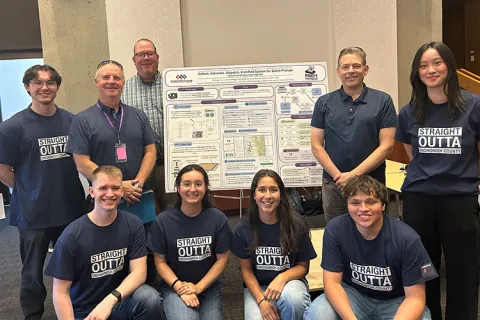
Thu, 07/17/2025
UW engineering students develop smart ballot solution
UW engineering students develop smart technology solution to improve ballot collection for Snohomish County.
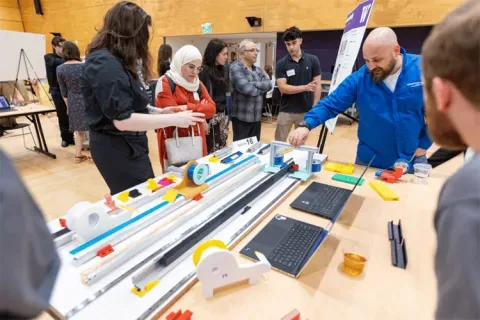
Mon, 07/07/2025 | UW Mechanical Engineering
Capstone creations
Students displayed innovative capstone design projects at the 2025 expo.

Fri, 09/20/2024 | UW Civil & Environmental Engineering
Smarter irrigation for a greener UW
A new project combines satellite data with ground sensors to conserve water and create a more sustainable campus environment.